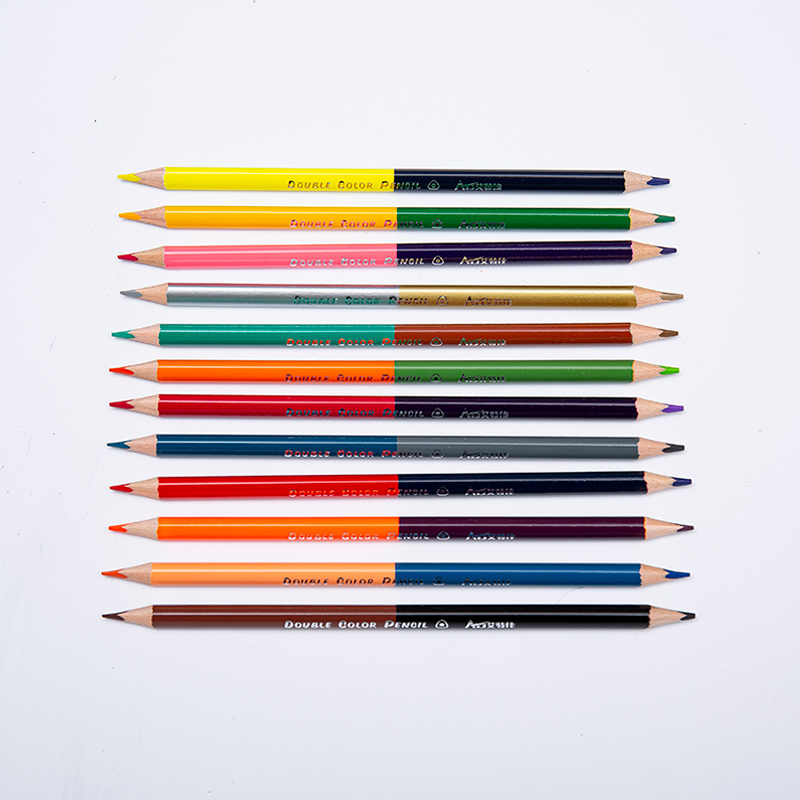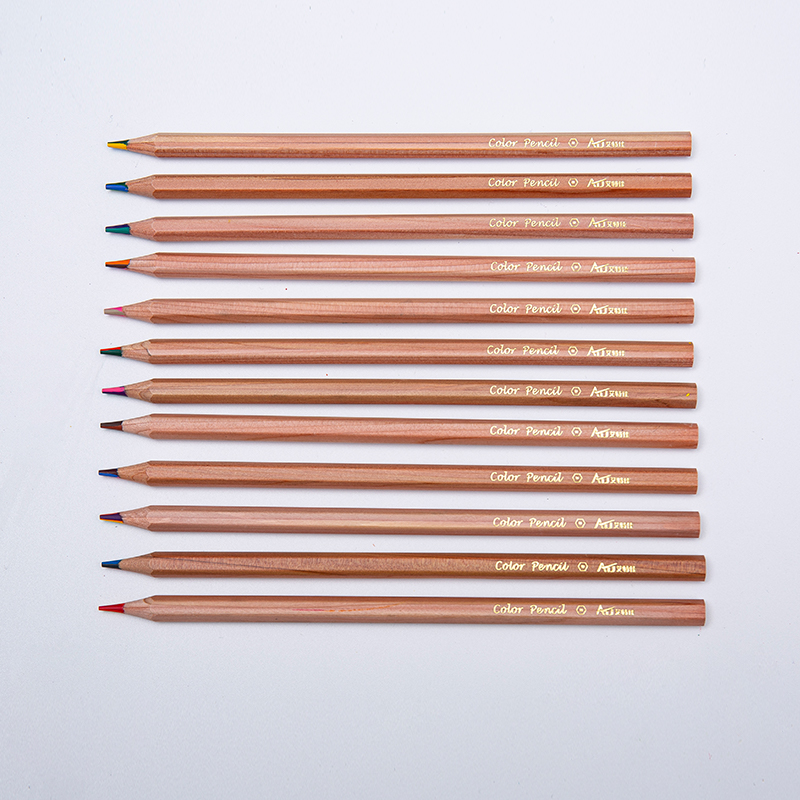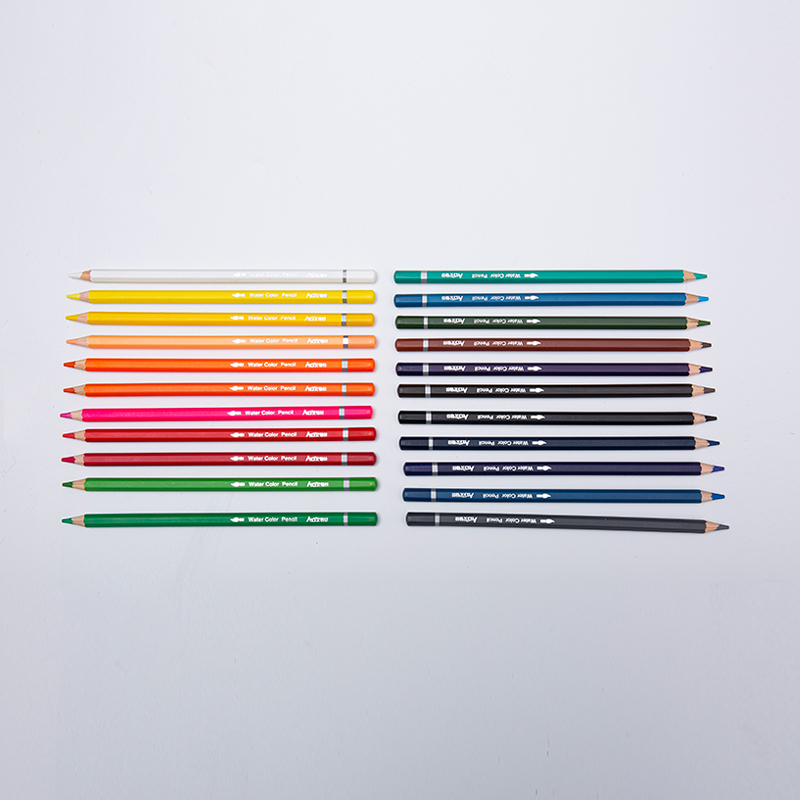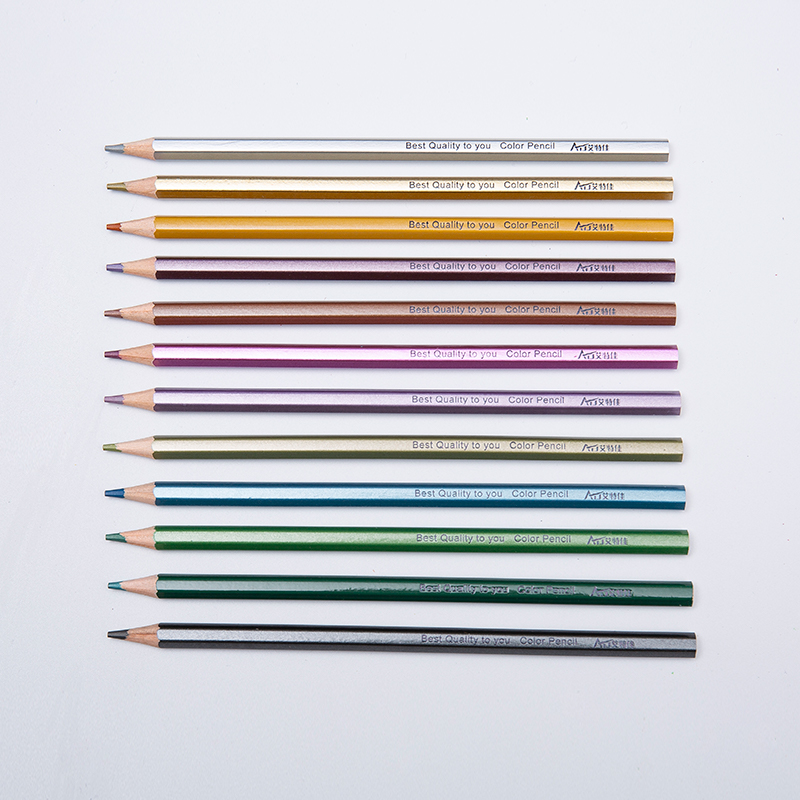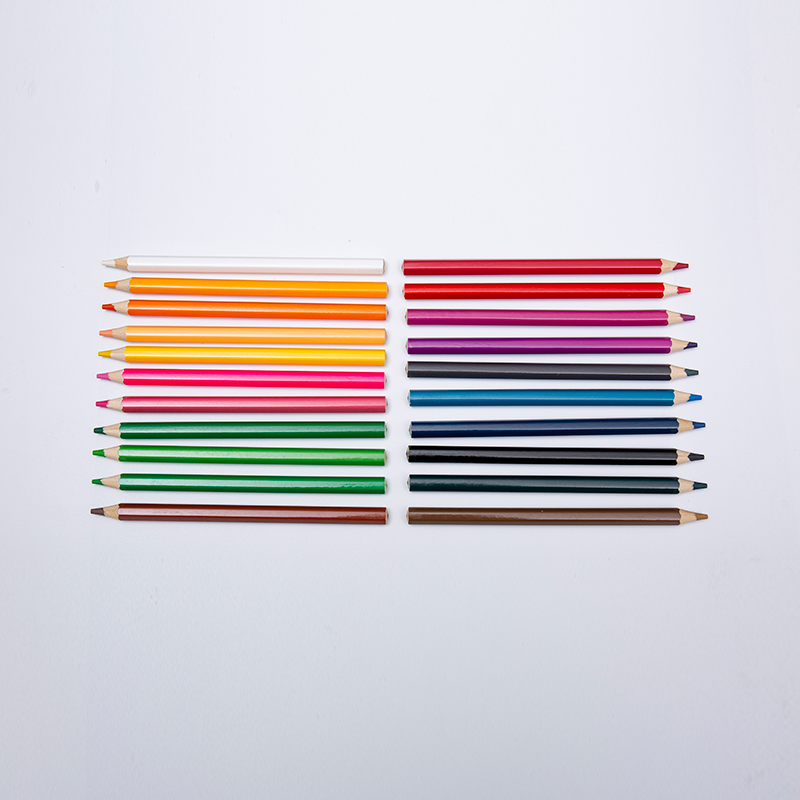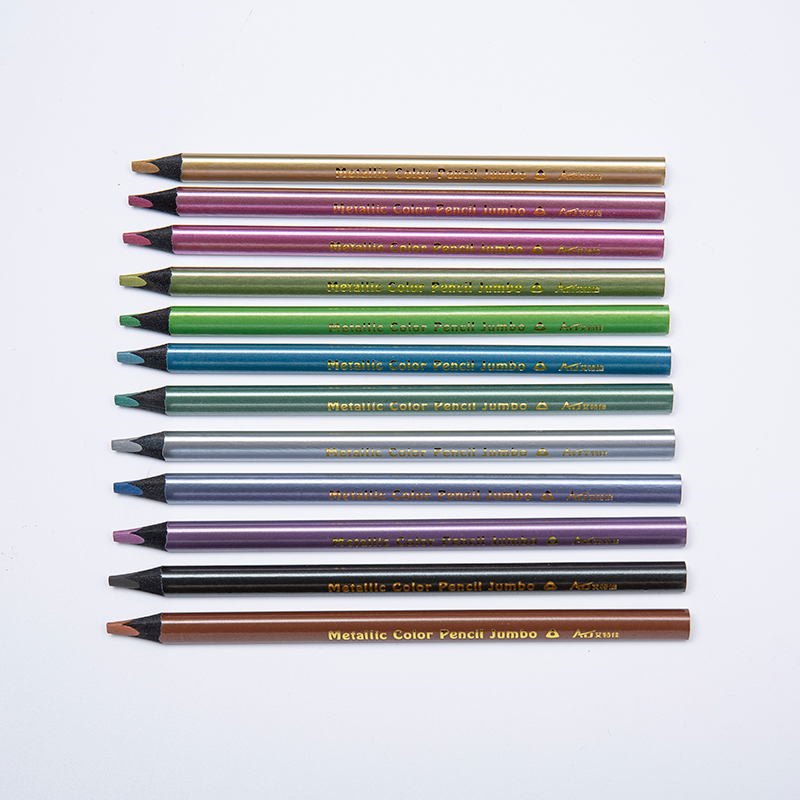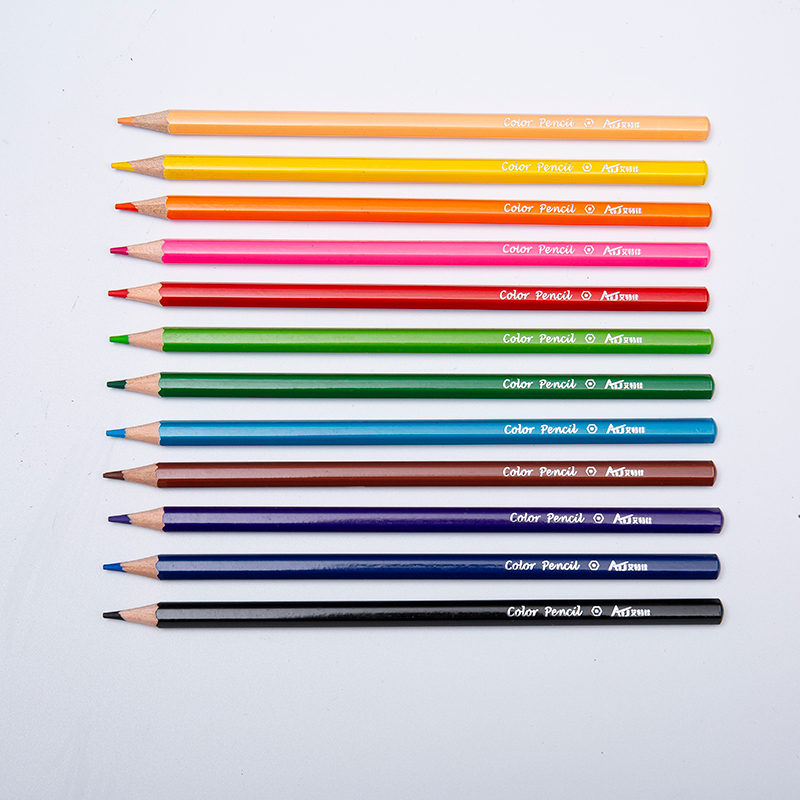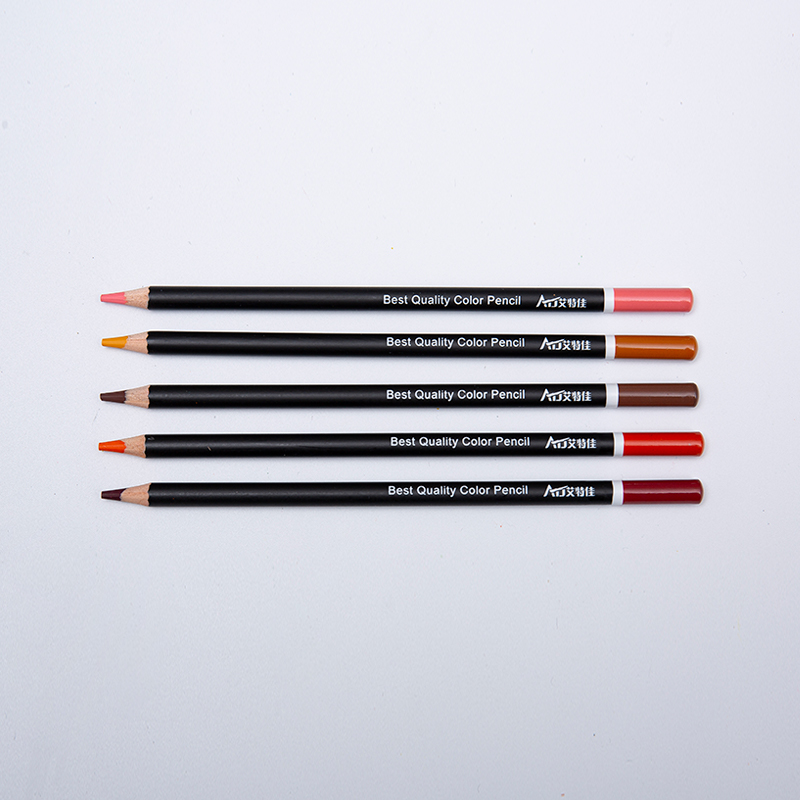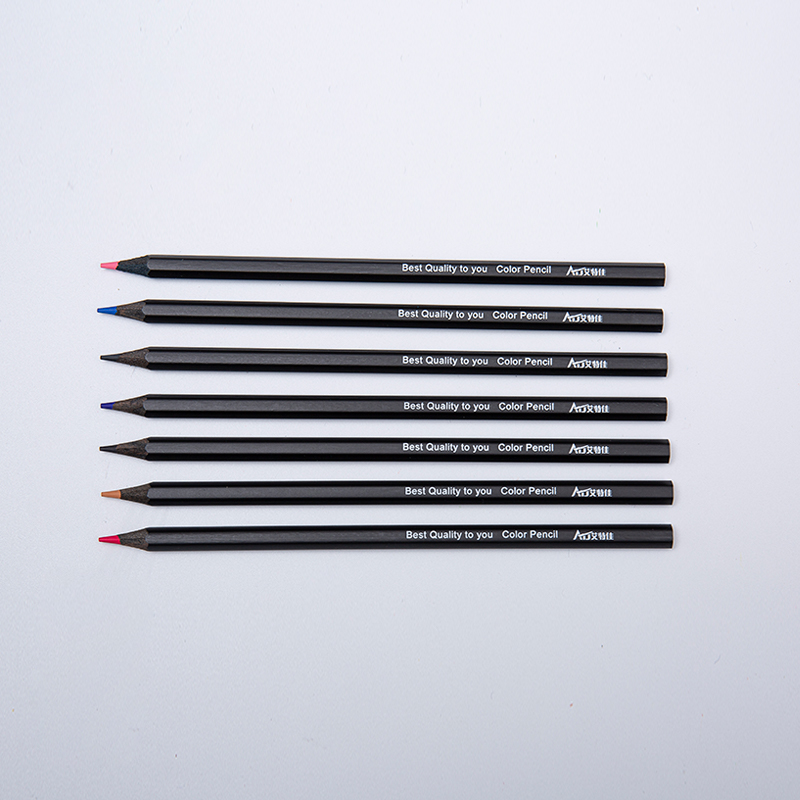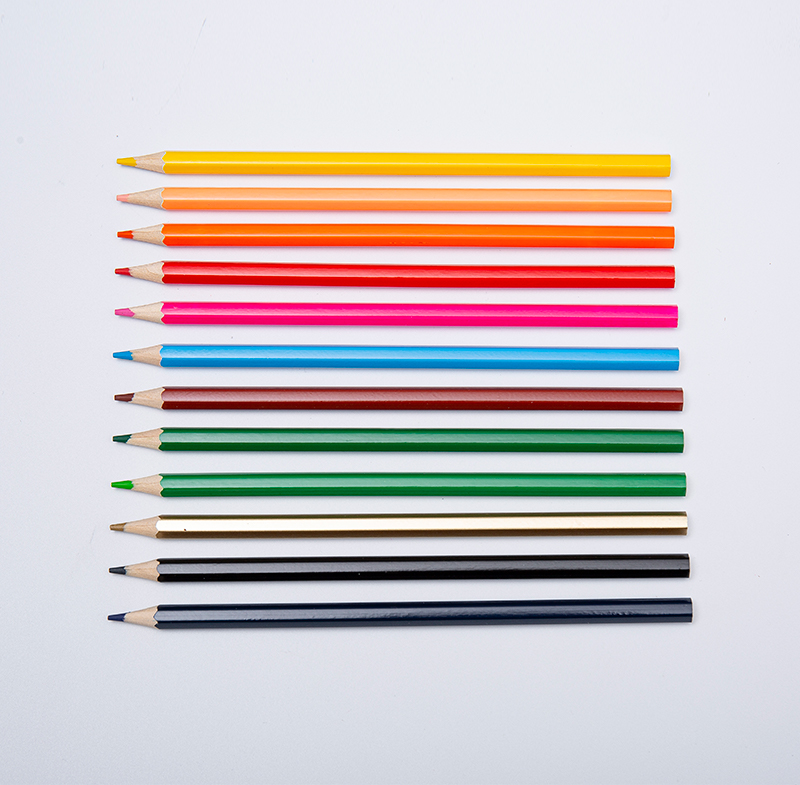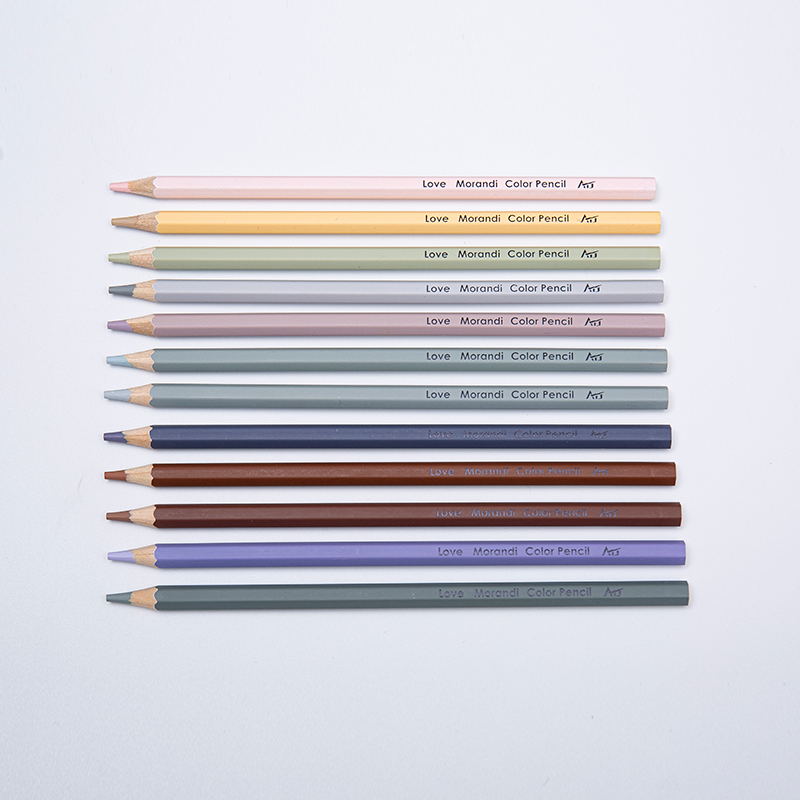In the global pencil manufacturing industry, the quality of pencil slats is a foundational factor that influences the final performance of pencils. While the core and the receive considerable attention, the wood component—particularly the type of wood used for pencil slats—plays a crucial role in determining a pencil’s smoothness, sharpness, durability, and aesthetic appeal. Among the commonly used species, Incense Cedar, White Poplar, and Alder are widely recognized for their varying properties, each offering distinct advantages and trade-offs for pencil slat production.
Texture and Grain Structure
The texture and grain of wood significantly affect the performance of pencil slats. Incense Cedar, traditionally the industry standard, features a straight, fine, and uniform grain that allows for smooth machining and clean cuts. This uniform texture makes Incense Cedar pencil slats ideal for high-speed manufacturing lines, as the wood splits predictably and results in minimal waste.
In contrast, White Poplar, often sourced from South America, has a slightly more varied grain. Although still considered acceptable for pencil slats, this variation may require more calibration during cutting to ensure consistency. Alder, primarily found in temperate regions, has a subtle but uneven texture, which may affect the appearance of pencil slats, especially when natural finishes are applied.
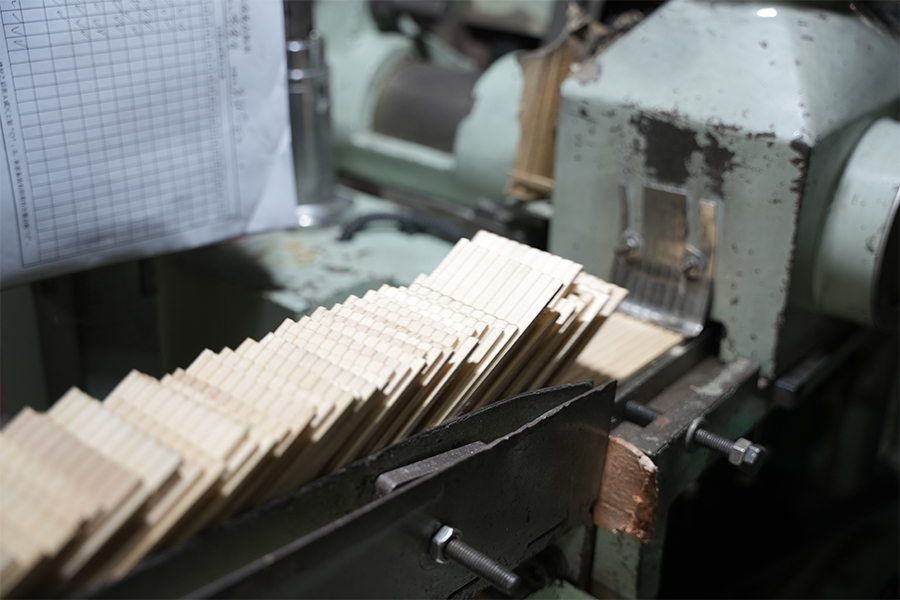
Hardness and Workability
Wood hardness is another key factor in determining the usability of pencil slats. Softer woods are generally easier to cut, shave, and sharpen—characteristics essential for a smooth pencil-sharpening experience. Incense Cedar again performs well in this category. It is soft enough for effortless machining, yet firm enough to hold the graphite core securely.
White Poplar offers a slightly harder surface, which may enhance durability but can to greater wear on cutting tools during slat processing. This can affect production efficiency and increase maintenance intervals. Alder, being moderately soft, offers a middle ground. While it is relatively easy to process into pencil slats, its softness may to faster wear in certain environmental conditions.
Machining and Production Efficiency
When selecting wood for pencil slats, manufacturers must also consider how the wood behaves during machining. Clean cuts, minimal splitting, and consistent thickness are all essential attributes. Incense Cedar is prized for its machinability, reducing downtime and material waste. It enables manufacturers to produce pencil slats with tight tolerances, which directly impacts pencil quality.
On the other hand, White Poplar may require more fine-tuning due to occasional internal tension and moisture variability. This can affect the alignment and uniformity of pencil slats, especially in high-volume manufacturing. Alder poses fewer challenges in cutting but may have slightly higher variability in color and density, which can influence both appearance and processing behavior.
Durability and Long-Term Performance
Durability is often overlooked in pencil slats, but it has a noticeable impact, particularly in export and storage environments. Incense Cedar offers resistance to warping and cracking, making it a reliable choice for long-distance shipping and humid conditions. Its natural stability ensures that pencil slats maintain their structural integrity over time.
While White Poplar is less naturally resistant to moisture, proper kiln drying and processing can mitigate of these concerns. However, slight dimensional changes may still occur, affecting the consistency of pencil slats. Alder shows moderate resistance to environmental stress, performing well in controlled environments but requiring attention during shipping and storage.
The type of wood used in pencil slats is a crucial determinant of pencil performance, manufacturability, and customer satisfaction. Incense Cedar continues to be a top choice due to its balance of softness, stability, and machinability. White Poplar and Alder offer viable alternatives, particularly for manufacturers looking for regional or cost-effective options, though they may require additional considerations during processing.
As sustainability and cost-efficiency remain key concerns in the industry, the selection of wood for pencil slats will continue to evolve. Understanding the unique characteristics of each wood type helps manufacturers make informed decisions that align with production goals and quality standards, ensuring that the humble pencil slat remains a silent but vital part of everyday writing tools.


 English
English  Français
Français عربى
عربى Español
Español 中文简体
中文简体